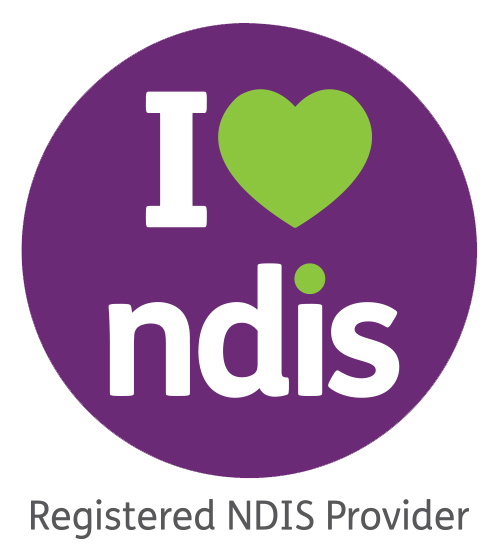COVID-19 Notice: We are Open and compliant with Australian Governments’ Guidelines and Recommended Best Practices
COVID-19 Notice: We are Open and compliant with Australian Governments’ Guidelines and Recommended Best Practices

Bee Free Mobility is a registered NDIS provider of Assistive Technology. We can work directly with the NDIS participant or with their Occupational Therapist.
The National Disability Insurance Agency (NDIA) is an independent statutory agency. Our role is to implement the National Disability Insurance Scheme (NDIS), which will support a better life for hundreds of thousands of Australians with a significant and permanent disability and their families and carers. The NDIS will mean peace of mind for every Australian — for anyone who has, or might acquire, a disability.
Our priority is to ensure people with disability continue to get the support they need. The changes that are required to existing disability support systems are significant. Arrangements are being made to ensure the scheme can be introduced gradually, ensuring a smooth transition for people with disability and support providers. Read about the trial and roll out.
GETTING STARTED WITH YOUR NDIS PLAN –
Step One: Check if you’re Eligible
Access the NDIS Eligibility Checklist here NDIS Eligibility Checklist or call the NDIS on 1800 800 110.
Step Two: Apply for NDIS Funding
If you meet the eligibility criteria and would like to become a participant, Download and complete an Access Request Form here Apply for NDIS Funding
Step Three: Prepare for your Planning Meeting
Get ready for your planning meeting by completing Booklet 2 – Planning here Prepare for your Planning Meeting
Step Four: Using your NDIS Plan
Make sure you include Assistive Technology in your NDIS plan, detailing the products you need and making an allocation for service and repairs.
We can work with you or your Occupational Therapist to help find the best solution to suit your situation.
Frequently Asked Question:
What is the NDIS?
The NDIS is Australia’s first national scheme for people with disability. It moves away from the previous system of providing block funding to agencies and community organisations, to give funding directly to people with a disability.
There are about 4.3 million Australians who have a disability. Within the next five years, the NDIS will provide more than $22 billion in funding a year to an estimated 500,000 Australians who have permanent and significant disability. For many people, it will be the first time they receive the disability supports and services they need.
The NDIS also provides people with disability, including those not eligible for funding, with information and connections to services in their communities. This includes connections to doctors, sporting clubs, support groups, libraries and schools, as well as providing information about what support is provided by each state and territory government.
What is a NDIS Plan?
A NDIS Plan outlines the goals and the support a participant will receive from the NDIS, the community and other government supports to help them achieve those goals. Once completed a NDIS plan will provide a description of the services the participant can get, their funding allocation they get for these services, and their level of choice and control to select organisations, workers or equipment to spend their funding on.
Can I include Assistive Technology in my NDIS Plan?
Assistive technologies (AT) are physical supports that help you do something more easily or safely, or do something you otherwise cannot do because of your disability.
Assistive Technology may be included in your NDIS plan if:
– it meets the reasonable and necessary criteria
– it meets your needs
– it helps you to pursue your goals.
For example, you might have a goal to move around your house independently. We will look at all the ways you might be able to pursue that goal. Funding a wheelchair could be one way.
Will my plan include funding for other costs associated with Assistive Technology?
When NDIS fund assistive technology, they usually also provide funding for other associated items.
This includes:
– assistive technology rental
– assistive technology trials to try the item before buying it
– delivery costs to your home, or where you use the items
– set up costs of assistive technology
– maintenance of the assistive technology
– repairs due to regular wear and tear or accidental damage not covered by insurance.
Source: NDIS Website